This glossary has been designed to facilitate and accelerate the digital literacy of users who are approaching the concept of immersivity for the first time, and to define technologies, tools, and their applications.
Immersive Technologies allow users to stimulate certain sensations and create and make them live more or less multisensory and “total” experiences. These technologies can “extend” the surrounding reality or to create a completely different environment from the physical one. Digital tools can be used to give users specific perceptual experiences that make them feel like they are in another place or in a space completely different from the real one (virtual reality). Some types of immersive technologies, on the contrary, allow extending the surrounding reality, adding digital content to their environment: this is the case of augmented reality.
IMMERSIVE TECHNOLOGIES

AR – Augmented Reality
Augmented reality adds digital elements to the real world, “extending” the surrounding environment. AR superimposes digital information (text, images, live-action, or animated footage) on elements of the real world. One of the best-known examples is the 2016 game Pokémon GO. This experience can, in fact, be managed from smartphones, iPhones, tablets, and iPads through the camera vehicle, specific apps, or wearable devices such as headsets and glasses.
VR-Virtual Reality
Virtual reality (VR) is a computer-generated, three-dimensional immersive experience that deceives the senses, leading you to believe you are in a parallel world. The user can receive visual, sound, and tactile feedback from the surrounding environment using tools specific to the sense involved and the level of interaction desired, such as a headset, headphones, tactile controllers, or gloves with sensors or controls. All this allows the user to have a 360-degree view of the virtual landscape and interact with its elements. The virtual reality experience can be managed from different devices: PCs (as in the HTC VIVE system), consoles, smartphones, and headsets with integrated hardware.

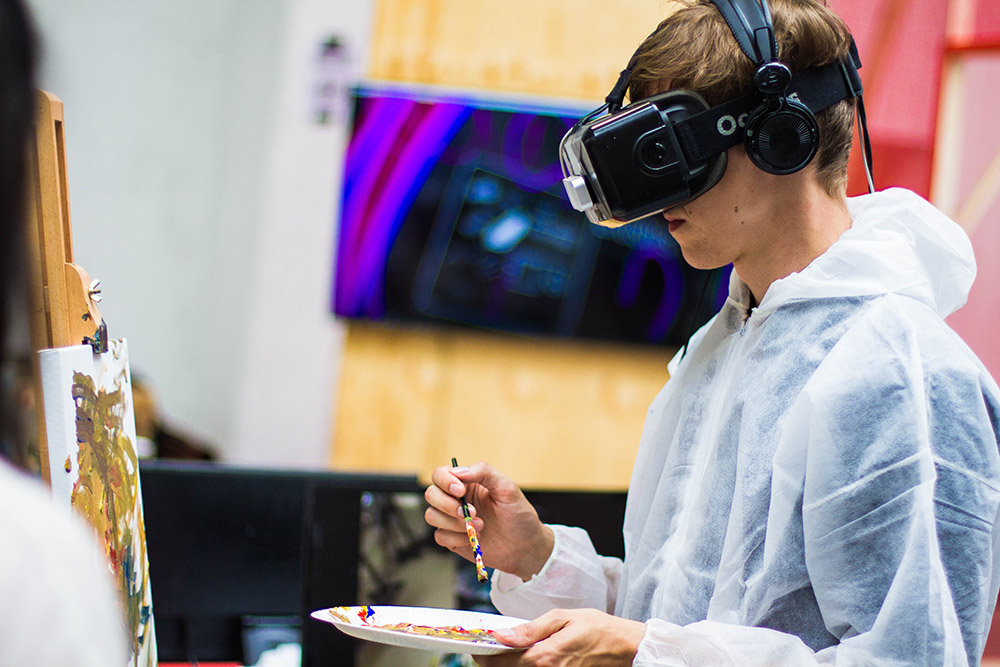
MR – Mixed Reality
VPR – Videomapping
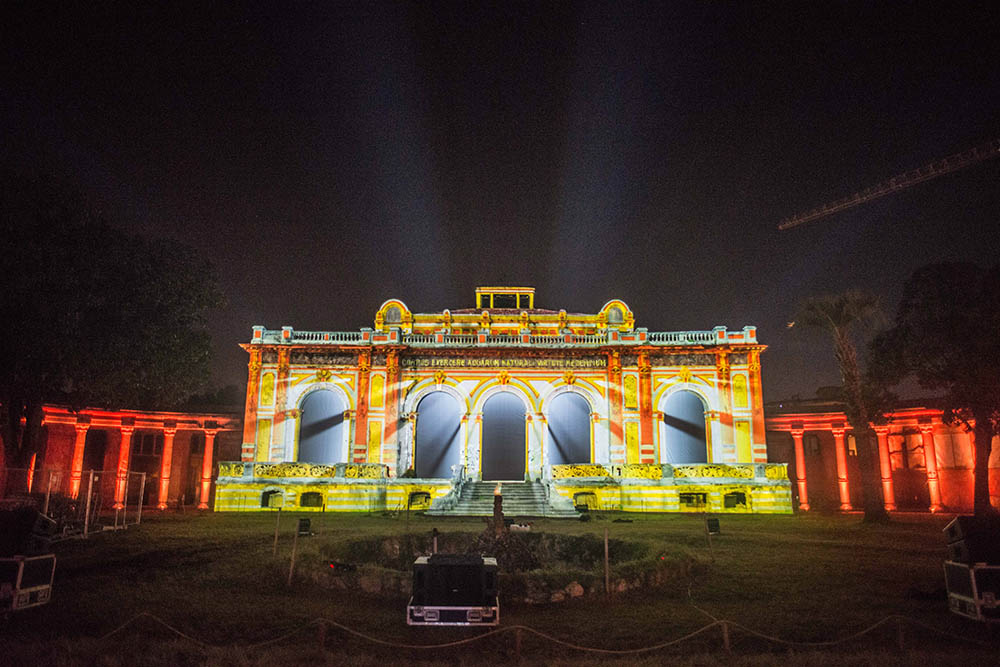

3D Holograms
3D Audio
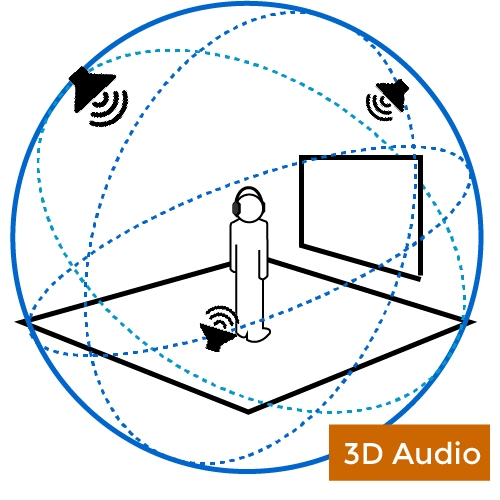
TOOLS
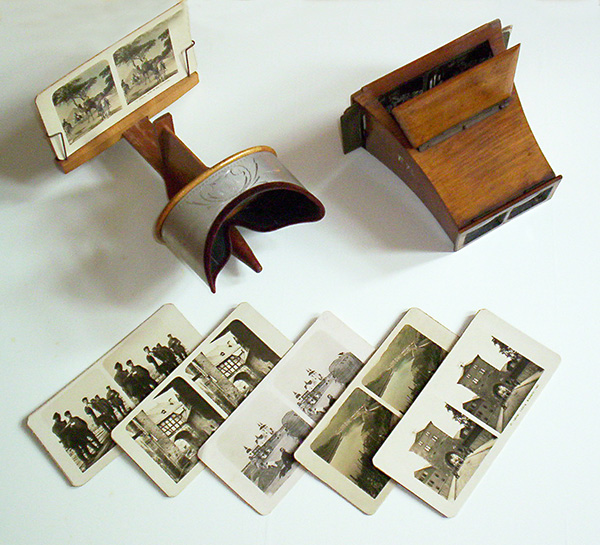
Stereoscope
This tool is listed because it is the basis of the most modern technologies and the logics of headsets and visors.
Cardboard
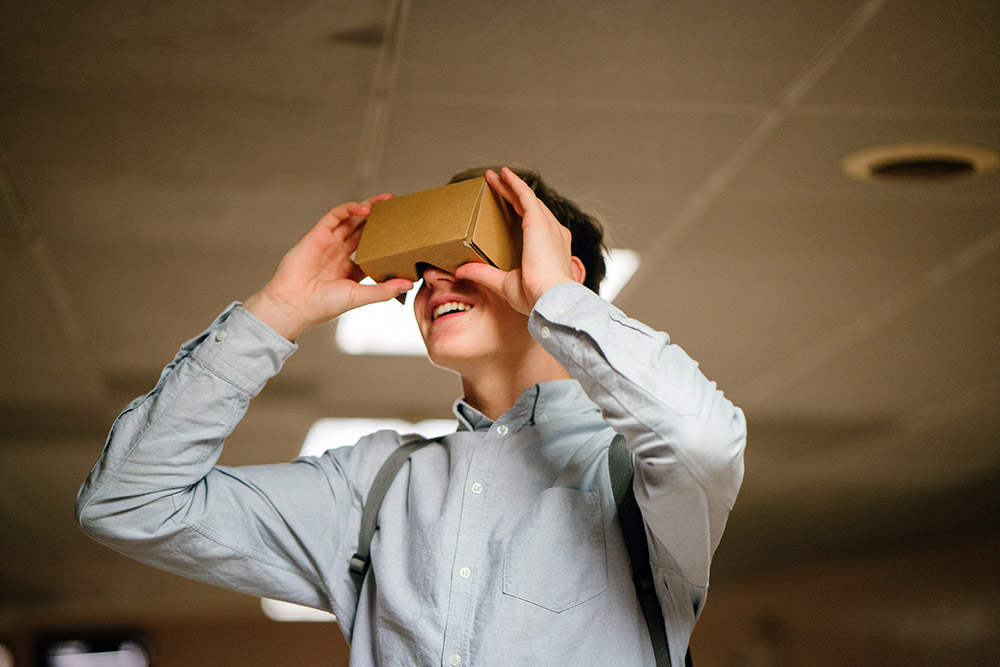
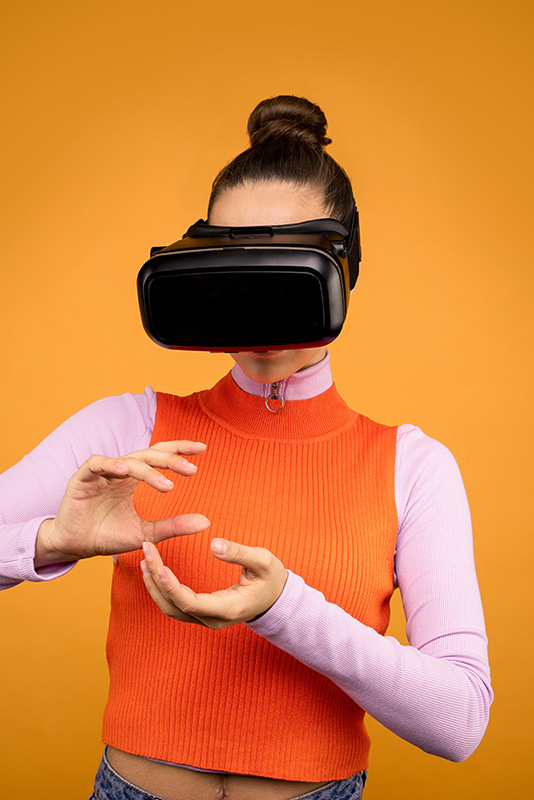
Visors (HMD)
A head-mounted display, or HMD, is a screen mounted on the viewer’s head through an ad hoc helmet; it can be monocular or binocular. There are various types of headsets, either portable or for PCs, ranging in price and features. Different HMD are used in different sectors, but all create in the user the illusion of being in a different place from their physical location.
The most famous PC viewer solutions are also the most expensive:
- HTC Vive Pro and HTC Vive Cosmos Series
- Oculus Rift
- S Lenovo Explorer for Windows
Mixed Reality Examples of portable VR headsets include:
- Gear VR: a Samsung technology, designed to be used on Samsung GALAXY devices
- Oculus Go: the cheapest headset with integrated hardware by Oculus
- Oculus Quest: the most powerful portable headset on the market so far.
